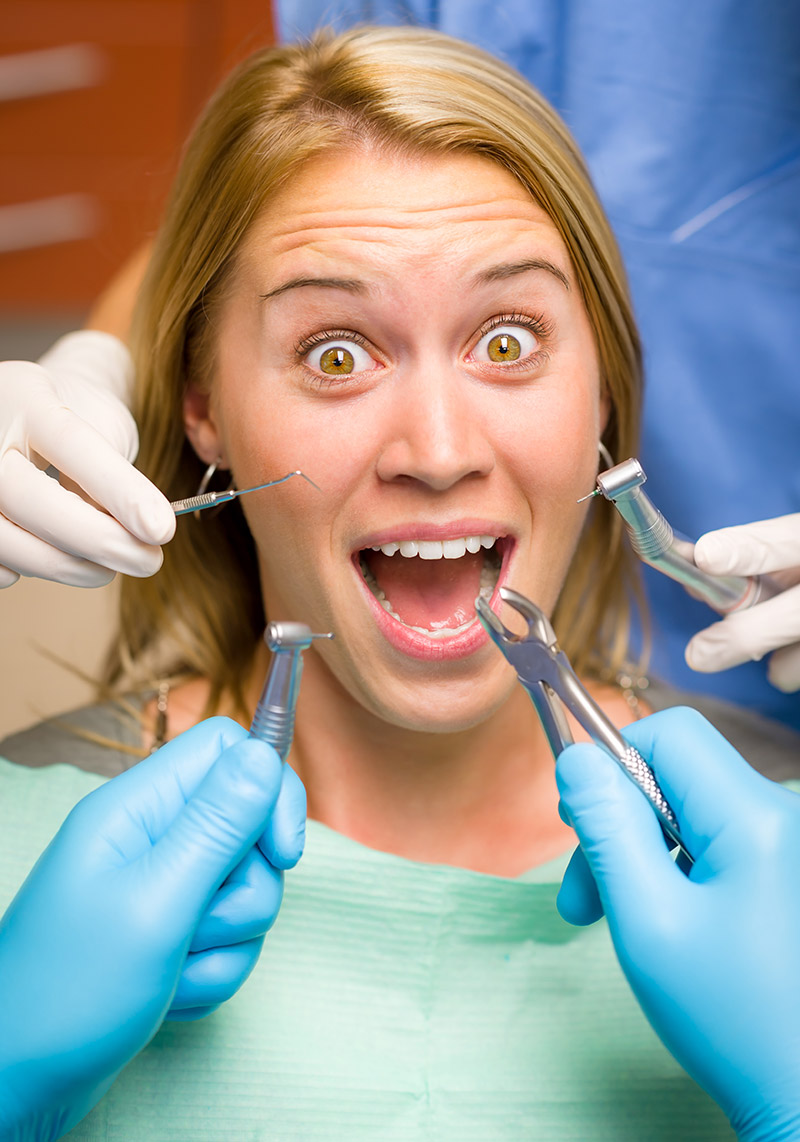Sedation Dentistry Near You
Through the use of sedation dentistry, complex dental treatments can be completed with virtually no discomfort for patients. Most people will not even remember the procedure once it has been completed. Sedation dentistry is safe, comfortable and effective. It is recommended for patients who have:
- A large amount of fear or anxiety about visiting dentists
- A difficult time sitting still for a long time
- A difficult time getting and staying numb through the use of anesthetics

Benefits of Sedation Dentistry Near You
Sedation dentistry will allow a dentist to perform dental treatments safely while preserving the comfort of their patients. The primary benefits of these techniques include:
- Patient has no memory of the procedure
- Patient doesn’t have a sense of time while sedated
- Patient has no sense of sound or smell while sedated
- Patient feels no fear or anxiety while undergoing treatment
Most patients who undergo sedation dentistry typically say they feel relaxed during the procedure.
Levels of Sedation
There are three stages of sedation used by dentists: mild, moderate or deep sedation is possible.
- Mild Sedation – mild forms of sedation dentistry are most commonly used for patients who are anxious about undergoing dental procedures. They will remain awake during the procedure but breathing on their own and completely relaxed. Patients who undergo mild sedation will be able to drive themselves home from the dental facility.
- Moderate Sedation – Patients who are moderately anxious about dental procedures may need more complex sedation methods. Moderate sedation will still be awake during the procedure, but will be greatly relaxed. They may need someone to accompany them as they will not be able to drive following the procedure.
- Deep Sedation – Patients who receive deep sedation may drift between consciousness and unconsciousness during the procedure. Patients will not be able to respond to verbal commands during the treatment, and they will have no recollection of the procedure.
